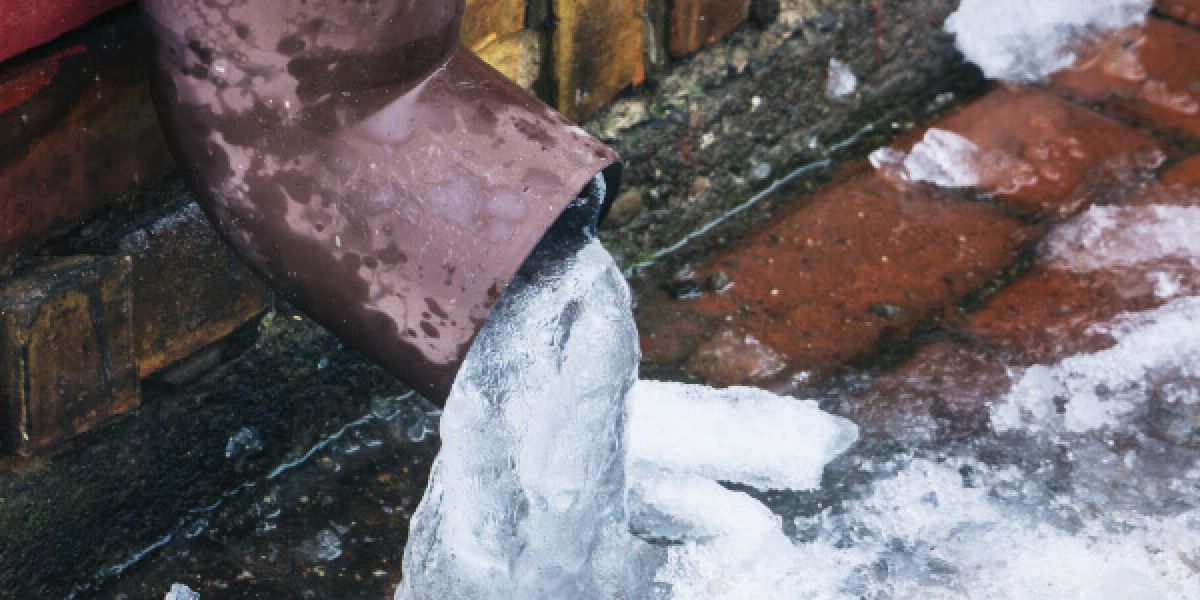What are your thoughts concerning How To Avoid Freezing Pipes?

Cold weather can wreak havoc on your plumbing, particularly by freezing pipes. Below's just how to avoid it from occurring and what to do if it does.
Introduction
As temperatures decline, the threat of frozen pipes rises, possibly bring about pricey repair services and water damage. Recognizing exactly how to prevent icy pipes is essential for home owners in chilly climates.
Prevention Tips
Shielding susceptible pipelines
Wrap pipelines in insulation sleeves or use warm tape to shield them from freezing temperatures. Concentrate on pipes in unheated or outside areas of the home.
Home heating techniques
Keep indoor rooms sufficiently warmed, especially areas with plumbing. Open cabinet doors to enable warm air to circulate around pipes under sinks.
How to identify icy pipelines
Try to find reduced water flow from faucets, uncommon smells or noises from pipelines, and visible frost on exposed pipes.
Long-Term Solutions
Architectural modifications
Think about rerouting pipes far from exterior walls or unheated locations. Add additional insulation to attic rooms, cellars, and crawl spaces.
Upgrading insulation
Invest in high-quality insulation for pipes, attics, and wall surfaces. Correct insulation assists keep consistent temperature levels and minimizes the threat of frozen pipes.
Securing Exterior Plumbing
Garden hose pipes and outdoor taps
Detach and drain yard hoses prior to winter season. Mount frost-proof spigots or cover outside faucets with protected caps.
Recognizing Icy Pipelines
What creates pipelines to freeze?
Pipes freeze when exposed to temperatures listed below 32 ° F (0 ° C) for expanded periods. As water inside the pipelines ices up, it increases, taxing the pipe wall surfaces and possibly triggering them to break.
Threats and problems
Frozen pipes can bring about water disruptions, home damages, and pricey repairs. Burst pipelines can flooding homes and cause substantial architectural damages.
Indicators of Frozen Pipes
Identifying frozen pipes early can stop them from breaking.
What to Do If Your Pipelines Freeze
Immediate actions to take
If you think icy pipelines, maintain taps open up to ease stress as the ice thaws. Use a hairdryer or towels soaked in warm water to thaw pipelines gradually.
Verdict
Protecting against icy pipelines needs aggressive steps and fast reactions. By recognizing the causes, indications, and preventive measures, property owners can shield their plumbing throughout winter.
6 Proven Ways to Prevent Frozen Pipes and Protect Your Home
Disconnect and Drain Garden Hoses
Before winter arrives, start by disconnecting your garden hoses and draining any remaining water. Close the shut-off valves that supply outdoor hose bibs and leave the outdoor faucet open to allow any residual water to drain. For extra protection, consider using faucet covers throughout the colder months. It’s also important to drain water from any sprinkler supply lines following the manufacturer’s directions.
Insulate Exposed Pipes
Insulating your pipes is an effective way to prevent freezing. Pipe insulation is readily available at home improvement stores and is relatively inexpensive. Pay close attention to pipes in unheated areas such as the attic, basement, crawl spaces, or garage. Apply foam insulation generously to create a buffer against the cold. You can also wrap your pipes in heat tape or thermostat-controlled heat cables for added warmth.
Seal Air Leaks
Inspect your home for any cracks or openings that could let in cold air. Seal any holes around the piping in interior or exterior walls, as well as the sill plates where your home rests on its foundation. Additionally, make sure to keep your garage door closed unless you’re entering or exiting. Leaving it open creates a significant air leak that can lead to frozen pipes.
Allow Warm Air Circulation
During cold snaps, it’s essential to allow warm air to circulate evenly throughout your home. Leave interior doors ajar to promote better airflow. Open kitchen and bathroom cabinets to help distribute heat consistently around the rooms. If you have small children or pets, be sure to remove any household chemicals or potentially harmful cleaners from open cabinets for safety.
Let Faucets Drip
A small trickle of water can make a big difference in preventing ice formation inside your pipes. When temperatures drop significantly, start a drip of water from all faucets served by exposed pipes. This continuous flow helps prevent the water from freezing. Additionally, running a few faucets slightly can relieve pressure inside the pipes, reducing the chances of a rupture if the water inside does freeze.
https://choateshvac.com/6-proven-ways-to-prevent-frozen-pipes-and-protect-your-home/

I hope you enjoyed our piece on Winter Plumbing Precautions: Preventing Frozen Pipes. Many thanks for taking a few minutes to read through our piece of content. So long as you liked our blog entry please be sure to share it. I praise you for being here. Return soon.
Details